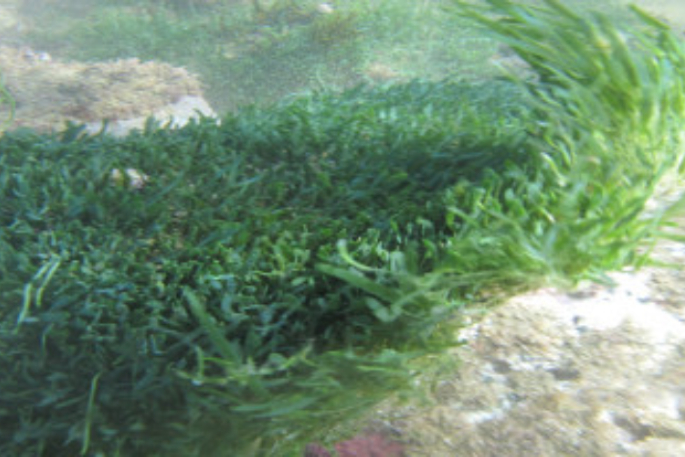An exotic strain of seaweed found in New Zealand poses a risk to both marine activity and the ecosystem found within our waters.
Caulerpa brachypus and caulerpa parvifolia, two invasive pest strains of seaweed, have been found on Great Barrier Island and the coastline of Great Mercury Island between Ahikopua and Maunganui Points.
In favourable conditions, the pest can spread 'rapidly” and form vast, dense beds or meadows, according to Biosecurity New Zealand's director of readiness and response, John Walsh.
'This presents a risk to recreational, cultural and commercial marine activities.”
According to John, the foreign seaweed strains are native to the Indo-Pacific region, ranging from Africa to Australia, the Pacific Islands, and southern Japan.
The caulerpa brachypus strain is also considered a native pest in Florida, the United States, and Martinique in the Caribbean.
John says boaties who take a few extra steps this summer can help stop the spread of the invasive seaweed.

Caulerpa parvifolia at Great Mercury Island. Photo: Ministry for Primary Industries.
'If you see weed, chuck it straight back. This will help prevent spread from the known areas.”
'If you pull up anchor and notice any seaweed on the anchor or chain, remove it and put it back in the same location.
'If you use an electric winch, walk forward and check in the anchor well, before you move on.
'If you find something on your gear later when you're in a new location, don't put it in the sea, put it in a plastic bag or bucket and dispose of it in the rubbish when you are back on land.”
People are the 'main way” the spread starts according to John, which is why taking these simple steps will have a 'big impact” in helping control the spread.
'Exotic caulerpa can be found growing below the tideline between two metres and 30 metres, on both hard surface and in sandy areas.
'To minimize the spread of the species, Biosecurity New Zealand has placed a Controlled Area Notice (CAN) on three affected harbours at Great Barrier Island – Blind Bay, Tryphena Harbour, and Whangaparapara Harbour, and over an area of the south western coastline of Ahuahu Great Mercury Island.
'Mana whenua for the islands have imposed a rāhui on some areas.”
John adds another tool to help Biosecurity New Zealand stop the spread is to note the location, take a photo if possible, then contact Biosecurity New Zealand on 0800 80 99 66.
People can also complete the online reporting form at report.mpi.govt.nz.



0 comments
Leave a Comment
You must be logged in to make a comment.